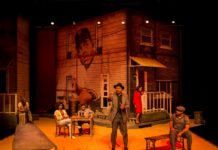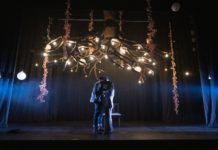Coping. We all must learn to cope at some point in our lives. Typically, after suffering trauma or loss of a loved one. The greater the personal loss, the more difficult the recovery.
Suffering the loss of our personal freedoms on a global scale can be particularly challenging – for most people, but not everyone.
I left my 30-year corporate career to write full time at the ripe young age of 56. I live in a loft; the perfect place for an artist with a brush, or a writer with a pen. But when I settled into my new reality, I soon discovered my work/live loft is the worst place for me.
There are too many distractions at home. My awesome dog, Sukie. The comfortable sofa. A view from my second-floor loft (over the lobby), the constant flow of interesting people coming and going. Nevertheless, I was home alone at peace with myself. I drank coffee, cranked up my favorite music, took breaks, and got sucked in – watching shows that hooked me within seconds of the next episode.
I’m not proud to say this now, but I binge-watched The Walking Dead (TV Series), Seasons 2-5.
I needed to escape from my loft, and escape I did! My new “writer’s lair” was located at the base of the magnificent Moreton Bay Fig Tree in Library Park. I set up a small fold-out chair and table, my MacBook Air with its 6-hour battery life, and a canister of coffee. Minutes passed, then hours. Soon, hours felt like days. I suffered writer’s block for the first time in my life.
I gave my new routine two weeks: returning every day to sit among the anaconda-size roots with the massive arms of the Moreton Bay Fig above. I felt isolated, even a bit exposed. Negative thoughts started creeping in. Then, in a moment of desperation, my wandering eyes found the brick building on the corner, Kaldi Coffee and Tea. Search Yelp reviews, and you’ll still see the picture of me sitting in the window seat.
I write in coffeehouses now, rotating my visits (never visiting the same coffee shop twice in the same week). Occasionally, I take the Gold Line to the Little Tokyo Station – a brief walk and I arrive at Ground Works in the Arts District.
I dig the coffeehouse vibe. In my throwback writer’s fantasy, I am wailing away on my Apple Air imaging that I’m the Beat writer Jack Kerouac hammering the vintage keys of my No. 5 Remington typewriter. The Beat philosophy is still alive. The millennial generation has the same spirit of adventure, and the courage to live an authentic life with the same festering disillusionment and idealism of sixty years ago.
The coffeehouse.
Allow me to describe that happening scene for you now; while my low-flying index fingers move about the keys like an orchestra conductor’s wand…like…c r a z y.
The coffeehouse is a social phenomenon I call “together, alone.” People rarely strike up conversations, but like being surrounded by others.
I like stewing in a creative soup of mismatched individuals, enclaving with my caffeine-addicted rat pack. The photographer, blogger, novelist, screenwriter, the afterschool students with their doting parents and tutors, and the hipster with his full-beard and a book made of paper (imagine that!), and the homeless woman sipping coffee then washing up in the restroom, and the dude with a stack of DVDs who watches movies all day, and me, hammering the keys with my nail-bitten two fingers. The sunshine floods in. The barista lowers the shade and offers me free goodies. They all know my name and like me. The feeling is mutual.
Heads pop up like weasels for a quick break, then bob like buoys at sea. Inevitably, they go back down, behind their laptop screens to ward off the social gabber types. The aroma of brewing coffee with the backbeat of open laptops that pool together and seem to melt into one blissful, collective calm. Hell yeah!
I’ll get to my point.
Writing in coffeehouses is my daily routine going on five years. Now I’m back to writing in my loft. These are indeed the dog days of the coronavirus outbreak – for some, but not everyone.
My restricted mobility and feeling as though I’ve been banned from my favorite writers’ circuit of coffeehouses is kicking my ass. However, my author friend, who also lives in my loft building, not so much.
She is an accomplished sculpture artist and author of the acclaimed novel Ballroom (Harper Collins). Recently, we discussed how we are coping with our new shared reality. While shouting across the street from opposite sidewalks (because our dogs don’t like each other), my friend says she likes it better now. Streets are quieter. Fewer people are running about in our work/live lofts. The same sunshine and a magnificent view of the San Gabriel Mountains from her loft. And of course, she is well stocked with toilet paper.
For those of us who delight in overhearing intense discussions on politics and a variety of other personal crap, and the hiss of the Espresso machine’s steam wand and the sweet sound of a barista banging the tamper, loudly, and the soft-spoken polite request, “May I plug in (my laptop)?” to the nearest outlet by me…the special feeling of getting work done alone, while in the company of creative strangers – all of us sorely miss that.
I feel as though there is a call to action by the disquieting reality of our present inescapable circumstances. And that I must embrace the authentic lifestyle of my brethren Beatniks and faithfully report what I see and experience. Kerouac refers to it as: “Telling the true story of the world in interior monolog.”
How we internalize and express ourselves in the days ahead will determine who we are as individuals and as a global family. The personal experiences reported and then retold by generations of storytellers not yet born, well, that’s another story I wish to write. Hopefully, not while still singing the Coffeehouse Blues!
Written and produced by Rick Thomas


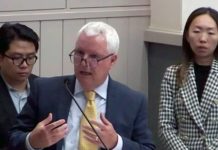
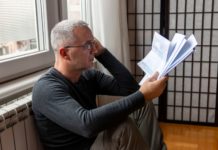

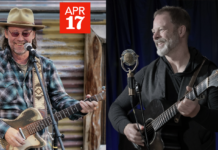
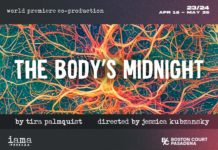
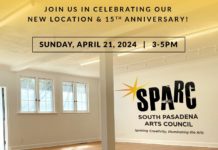
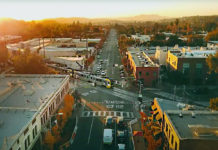
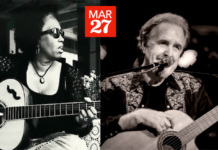
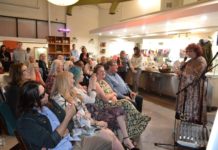
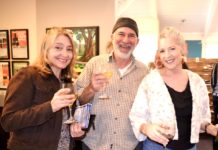

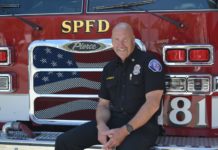
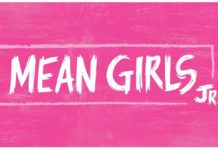
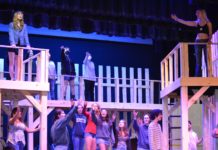
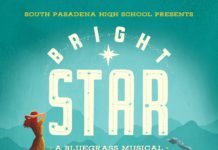



.png)






